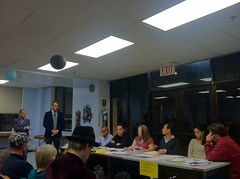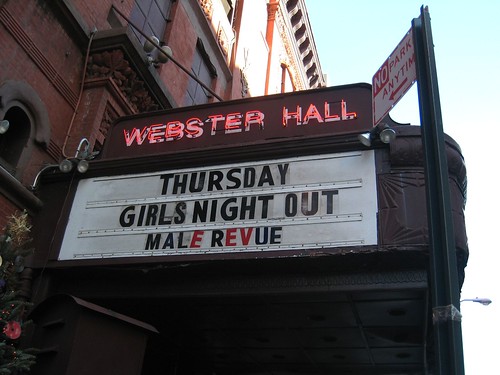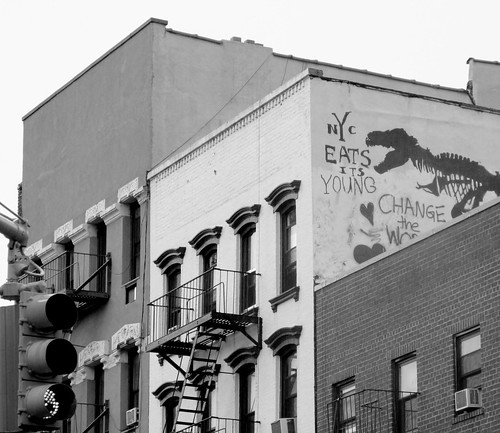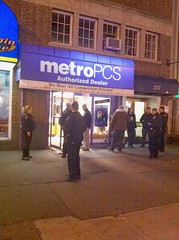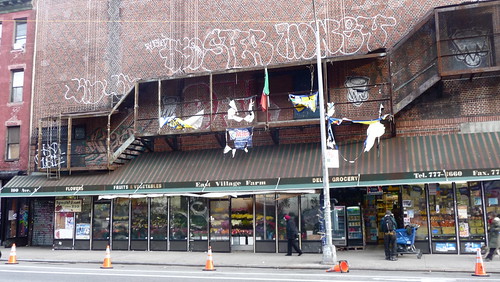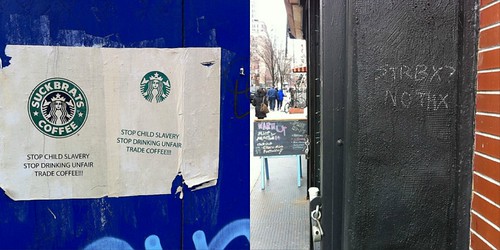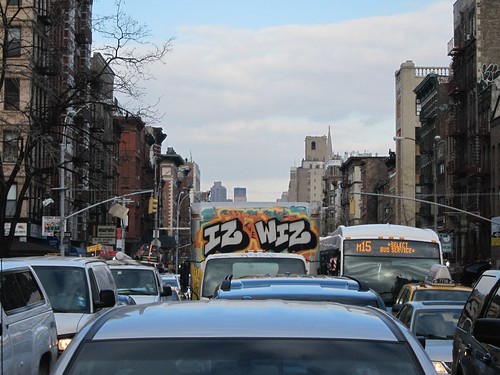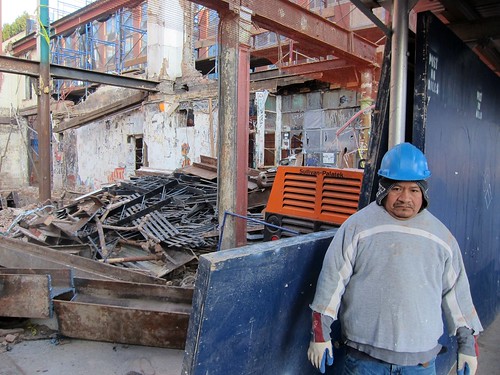Tim Schreier Shots of St. Cyril’s Church and Father Cimerman.
Last month, The Local reported that Mary Help of Christians was on the market, as its congregation had dwindled to about 70 people. Meanwhile, on St. Marks Place, a church that came back from the brink of closing is, if not thriving, at least surviving. Father Krizolog Cimerman, who 19 years ago was charged with closing St. Cyril’s Church but works there to this day, said that 200 worshippers attended Christmas Eve mass last month. Two months prior, 150 people had celebrated the church’s 95th anniversary. But on Christmas Day and New Years, only 20 to 30 people showed – evidence that the Slovenian community that has long frequented the church is in a state of transition.
Slovenia, a small country of just 2 million people, separated from the former Yugoslav in 1991 and adopted the Euro in 2004. The land is coveted by tourists and locals alike, as sea, mountains, and vineyards can all be seen within the same afternoon. Because of its size, Slovenia had been occupied by just about every European country, from the Holy Roman Empire onward. Slovenians who migrated to countries such as Canada, Australia, and the United States starting in the mid 1800s made it a priority to retain their culture and language to pass along to future generations. This can certainly be said of the ones who ended up in New York, many of whom have considered the Church of St. Cyril a home away from home.
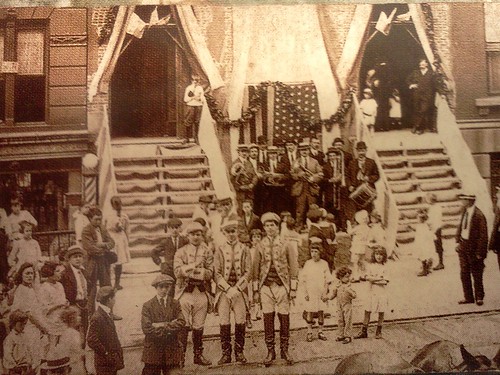
The brownstone church is long and narrow, with just enough room to fit one pew on either side of an aisle that can only accommodate two people standing side-by-side. American and Slovenian flags flank a modest altar overlooked by a large stained glass depiction of St. Cyril. There are no altar servers and often no choir. On a recent morning, however, five men descended from a loft for communion. Each donned a pair of slippers like the ones kept in every Slovenian home for guests and residents alike (cold feet is a fate worse than death).
Each Sunday after mass, members of the small parish stay and chat with each other in their native tongue – a tradition stemming not from their homeland, but that developed as Slovenians began moving further away from each other and seeing each other less frequently. A single pot of coffee is enough for everyone to have a small cup or two, as many Slovenians take theirs with mostly milk. Tins of homemade cookies are spread across a table.
“This is not only a church, but a cultural center as well,” said Father Cimerman. Read more…



